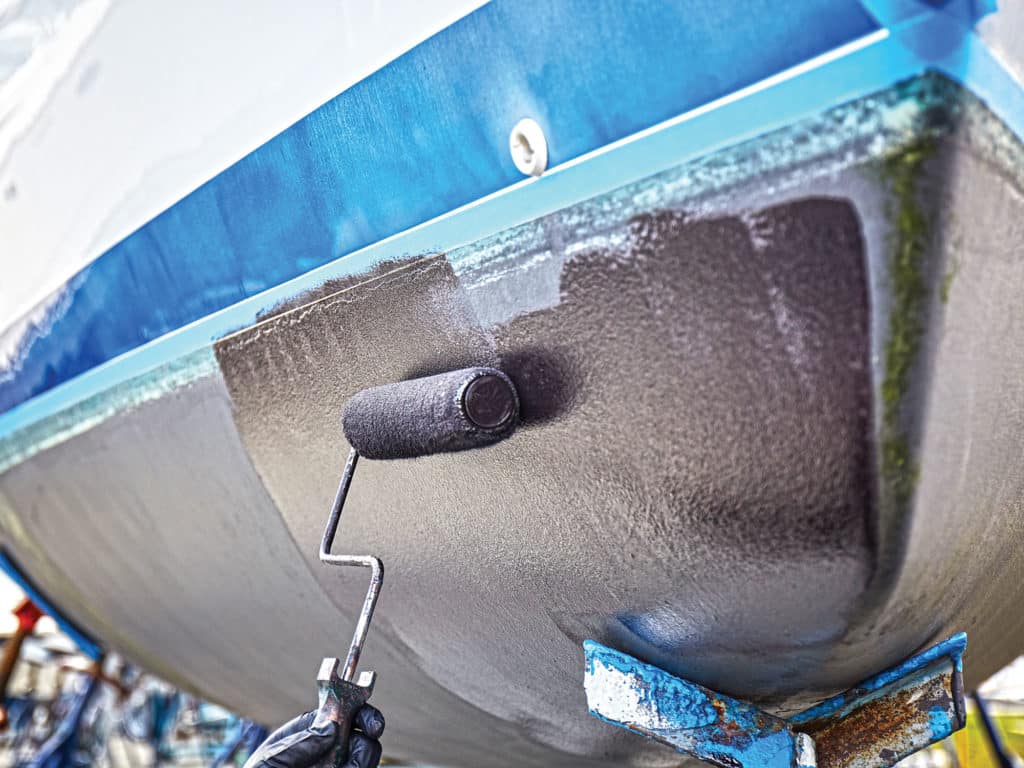
Struggling with a bottom-paint dilemma? We’re here to help. There are a lot of different bottom paints out there, so choosing the best antifouling coating for Mom’s Mink can be a challenge. To find out how to make the best choice, we spoke with the pros at West Marine. The most important factors are where you boat and how you use it.
Whether you boat in fresh or salt water and what sort of specific fouling factors exist in your home waters are critical factors. As a result, certain paints are popular in specific geographic areas. Finding out what’s prime in your neck of the woods is as easy as asking.
“We’ve institutionalized this type of information within our associate base,” says Chris Tysdal, merchandise planner for maintenance at West Marine. “As long as a customer can define the type of water and area, what kind of boating they’re doing and performance characteristics, our associates and website do a great job of getting them where they need to go.”
How does the kind of boating you do affect your choice? “There are three main paint technologies,” Tysdal explains. “Ablatives shed material as the boat moves and are self-polishing, so they won’t build up over time, but the boat needs to be used frequently. If you paint with an ablative and don’t use your boat often, you may experience growth. Hard paints work whether you use your boat a lot or a little, but they build up over time and eventually need to be sanded down, which can be a tough project. Hybrids can give you the best of both worlds in terms of performance but lack the longevity of a hard paint or a multiseason ablative antifouling.”
Then there’s trailering and launching to consider. Certain paints are fine for pulling and relaunching a boat frequently, but others are not. Tysdal points out that performance-boat owners have their own special needs. “In recent years, bottom-paint producers have made specific paints [such as Pettit’s Black Widow] that dry super smooth, and seasonal PTFE paints such as Interlux’s VC-17 that go on thin and will be very slick.”
Finally, for many green-thinking boaters, there are two more factors to consider: the base of the paint and the biocide. “Water-based paints such as Hydrocoat, Micron WA or West Marine’s BottomShield are easier on the environment,” Tysdal says. “As far as biocides go, you’re looking for paints that use ECONEA, pyrithione zinc or cuprous thiocyanate. These are either nonmetallic or have much shorter half-lives than traditional biocides, meaning their long-term impacts are much smaller.”









